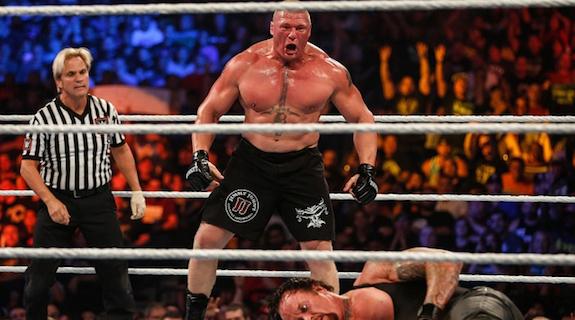Sports media experts gathered at The LiveFronts in New York City on Tuesday to discuss how livestreaming fits into the already crowded field of sports broadcasting.
The key, according to Jeff Gerttula, SVP and general manager, CBS Sports Digital and Interactive, is to find ways for livestreaming to complement existing sports coverage.
“The number of platforms and the different types of business models are going to increase,” said Gerttula. “We’ve found when we stream events—Super Bowl, SEC games, other NFL games—it’s additive.”
That’s good news for advertisers who have more eyes on more screens as a result, but adapting to fans’ needs is important, too.
Clark Pierce, senior vice president of TV Everywhere at Fox Sports says the question his team asks is: “How do we make it a complementary experience but also a better experience? People are going to get to the content so I think we have to make sure that it’s readily available wherever the masses take us.”
So, increasingly, networks are turning to platforms like Facebook Live.
“We are interested in streaming content on Facebook where it makes sense for us,” Gerttula said, but he cautioned: “At its core is an economic model that needs to work.”
With sports available to watch on a myriad of devices and platforms, Pierce said there are upsides for the networks and the advertisers, not just the consumers.
“The interesting thing from my standpoint is it’s a great time to be a consumer because there’s a lot of content. But for us, it’s a great platform for innovation.”
Will Funk, executive vice president of sales and property partnerships for Turner, added that predicting audience behavior can be a bit easier in sports, too.
“People will go to the best available screen,” he said. “If I’m in a car and I’m on my way to the airport, I’m watching that game on my phone.”
Another evolving new player on the field for sports broadcasting is social media and its ability to drive fan interaction with the game coverage.
“Social has changed everything in terms of that feedback,” said Gerttula.
“We have the ability to test new shows on Facebook Live. If you look at the control rooms on Sundays or Saturdays, they know exactly what the feedback is and what stuff is working and what stuff isn’t working,” he added. “You don’t think people hear it, but they hear it. It’s part of the process.”
The panel also had the chance to speculate on the future of livestreaming sports, noting that the popularity of a given sport is determined, at least in part, by the media through which that sport is delivered.
The advent of radio broadcasting was a boon to sports like boxing, baseball and horse racing, noted Gary Vaynerchuk, CEO of VaynerMedia, while the introduction of a TV set in every household helped to position football as America’s most lucrative sport. So where will mobile livestreaming take the future of sports?
“Any sport that has a lot of talent or viral aspects to it—things like surfing and motocross,” could really benefit from a mobile livestreaming platform, said Gerttula. “I don’t think any of those are going to dominate but the point is, you’ve got talent on display and you can cut it up and stream it out to people on mobile devices.”
George Barrios, WWE’s chief strategy and financial officer, said that for his mammoth sports entertainment company, the future of mobile livestreaming is all about unlocking a massive global audience.
“To us, the real powerful element of that tool is its global nature,” Barrios said. “We have more viewers in India every week than we have in the U.S. There are a lot more people streaming those things on mobile devices because in India TV is expensive and you only have one per family.”
Tags:













































__twocolumncontent.jpg)











